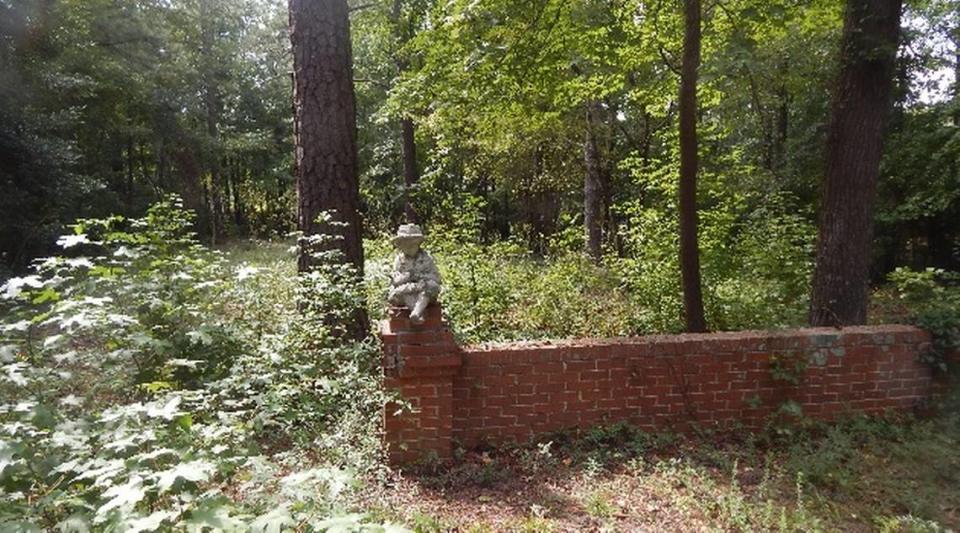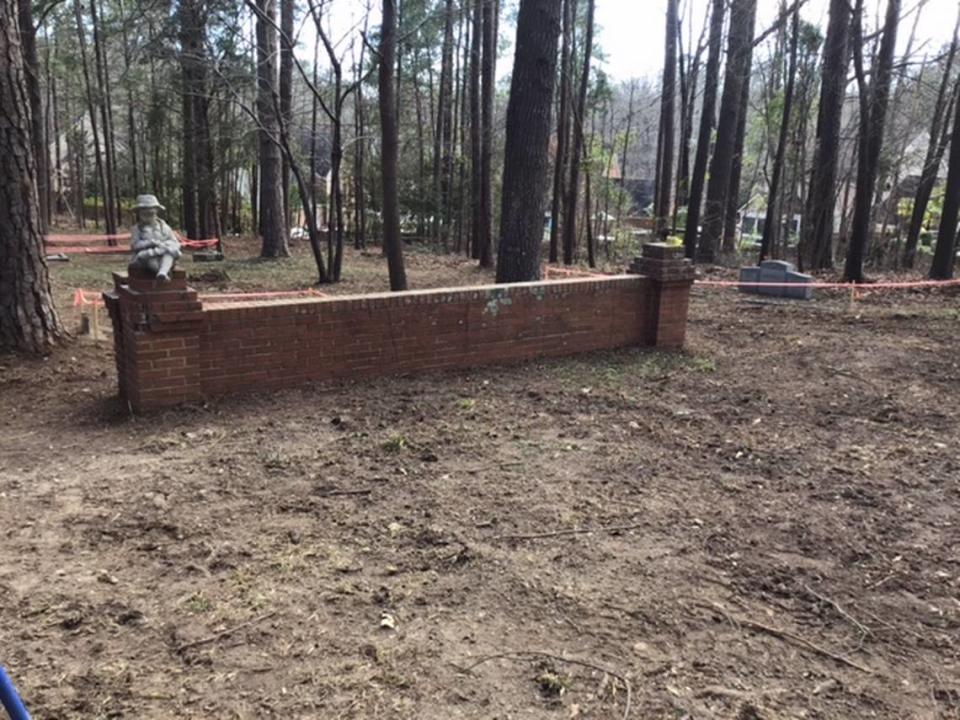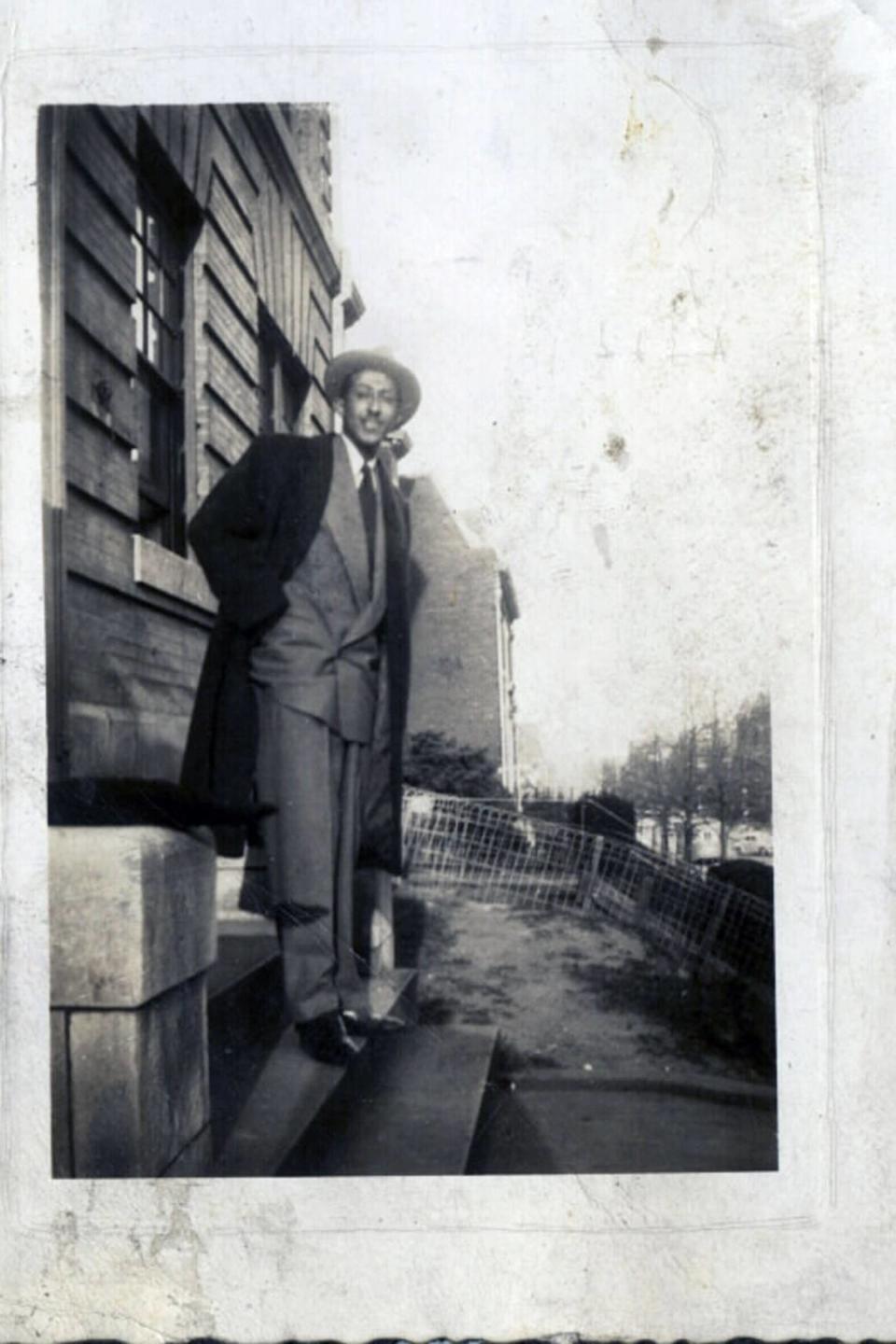‘I had no idea it was there.’ Historic African American cemetery in Irmo renovated
For years, when Irmo Mayor Barry Walker drove through his neighborhood, he would go past an important historic site with no idea it even existed.
Walker was not alone.
Few knew about Upper Pine Grove Cemetery, the final resting place for some influential members of the Black community in the Columbia area.
Originally built in the 1800s, the small cemetery just off Archers Lane had fallen into disrepair in recent years. No maintenance or landscaping had been done for decades and the cemetery was overgrown by trees and other brush.
It more or less vanished into the woods.

“I live in that neighborhood and have been driving past it for 30 years and had no idea it was back there,” Walker said. “It was overgrown and neglected for years.”
In fact, some of the only people who knew about Upper Pine Grove might have been the teenagers and others who used the graveyard as a popular place to hang out late at night. But it’s doubtful if any of them knew about the cemetery’s historical significance.
That’s something Walker wants to change. He’s getting help from officials at Midlands Technical College and the Harbison Community Association in spreading the word about the cemetery.
They’ve already teamed up to renovate the area, which is less than 2 miles away from Midlands Tech’s Harbison campus.
The Harbison Community Association recently removed debris, cleared out brush and other unwanted vegetation, and reinstated the cemetery’s boundaries, according to Greg Edmonds of the Irmo Outreach Committee.
The committee describes itself as a group of “skilled volunteer workers who strive to provide assistance to (Irmo residents) who are suffering monetary or physical limitations,” and participates in community improvement projects.

During the cleaning efforts more graves were discovered, including five on Tuesday, Walker said. That brings the total to 32 people known to be buried at Upper Pine Grove, some who were born before the Civil War, according to Walker.
“The Harbison Community Association was responsible for maintaining the cemetery, and (after learning that the mayor and Midlands Tech were going to initiate a revitalization) they stepped up to clean the graves and overgrowth,” Walker said. “They’ve also added new bushes as well as signage and historical markers about all these people buried back there.”
Judge Harold R. Boulware and Reverend Calvin M. Young are among the influential members of the Irmo and St. Andrews area Black communities buried at Upper Pine Grove.
Before becoming a judge, Boulware was a civil rights attorney. In 1950, he was the lead attorney in Briggs v. Elliott, the South Carolina case that later merged with the Brown v. Board of Education decision that overturned racial segregation in U.S. schools.
Working with future Supreme Court Justice Thurgood Marshall, Boulware represented Harry Briggs, one of 20 parents who brought suit against R.W. Elliott, the president of the school board for Clarendon County, according to the National Park Service.

Boulware also served as dean of Harbison College (previously Harbison Institute), which is where the nearby Midlands Tech campus currently sits.
Young served as president of the college from 1909 to 1927, and came to the new Irmo-area campus when the school moved from its original home in Abbeville in 1911, according to Edmonds.
Members of Boulware and Young’s families are also among the other people interred in the Upper Pine Grove Cemetery, Edmonds said.
“In the days of racial segregation, Harbison Institute produced many distinguished teachers, lawyers, and civic leaders, some of whom are laid to rest nearby in this historic cemetery,” Midlands Tech President Dr. Ronald L. Rhames said in a statement. “It is my honor and joy to help preserve their courage and impact on our state and our country.”
It was a meeting between Rhames and Walker that got the renovation started. Walker said he learned about Upper Pine Grove from Rhames in 2020, but the Midlands Tech president admitted he didn’t know much about the cemetery other than it existed.
Their combined efforts helped unearth a part of the area’s history, and work on refurbishing the cemetery started last November.
On Saturday, a private re-dedication ceremony will be held at the cemetery to celebrate the renovation.
Additionally, an effort is underway to add the Upper Pine Grove Cemetery to the National Register of Historic Places.
In an attempt to keep the cemetery in good condition going forward, Walker worked with the Irmo Town Council to annex the land where it’s located within town limits. That will allow the Irmo Police Department to patrol the cemetery, which Walker said will continue to be maintained by the Harbison Community Association going forward.
“This part of history is now a part of the town of Irmo,” Walker said. “It looks great.”
Upper Pine Grove Cemetery is not to be confused with Piney Grove Cemetery, which was also established in the 19th century to serve nearby African-American communities. That burial ground is near Exit 104 on Interstate 26 and the Harbison shopping district, less than 3 miles from Upper Pine Grove Cemetery.

